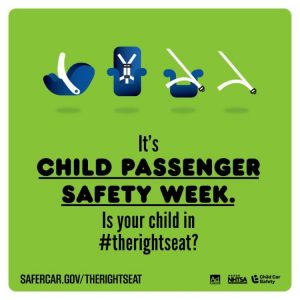 Car seats and boosters provide protection for infants and children during a car crash, yet these crashes are a leading cause of death for children all over the world. This is mainly due to the improper placement of car seats and the use of the wrong size. Many parents and guardians have a lack of understanding of what car seat is right for their child.
Car seats and boosters provide protection for infants and children during a car crash, yet these crashes are a leading cause of death for children all over the world. This is mainly due to the improper placement of car seats and the use of the wrong size. Many parents and guardians have a lack of understanding of what car seat is right for their child.
Follow these important safety steps to choose the right seat, install it correctly, and keep your child safe at all times.
- Rear-Facing Car Seat: These are designed for newborns, babies, and young infants. They have a harness and, in a crash, cradles, and moves with your child to reduce the stress on their body.
- Forward-Facing Car Seat: Come with a harness and tether that limits your child’s forward movement during a crash. As a child grows, this seat transitions from a forward-facing seat with a harness and tether into a booster.
- Booster Seat: Boosts the child’s height so the seat belt fits properly and provides neck and head support. This is ideal for vehicles that don’t have headrests or high seat backs.
- All-in-One Seat: This seat can change from a rear-facing seat to a forward-facing seat and to a booster seat as your child grows. Since it is used with children of various sizes, it allows children to stay in the rear-facing position longer.
- Seat Belt: Once your child outgrows car seats altogether, seat belts become their protector. The seat belt should lie across the upper thighs, be snug across the shoulder and chest of your child. This way it will properly restrain your child safe during a crash.
Remember, it is the driver’s responsibility to take every precaution necessary to ensure the safety of the passengers in their car- especially when it comes to children. This week, you will have the opportunity to examine your child’s car seat during National Car Seat Inspection Week. It is very important to choose and use the right car seat for your child because after all, they cannot make the decision for themselves.
